- Home
- Articles
- Architectural Portfolio
- Architectral Presentation
- Inspirational Stories
- Architecture News
- Visualization
- BIM Industry
- Facade Design
- Parametric Design
- Career
- Landscape Architecture
- Construction
- Artificial Intelligence
- Sketching
- Design Softwares
- Diagrams
- Writing
- Architectural Tips
- Sustainability
- Courses
- Concept
- Technology
- History & Heritage
- Future of Architecture
- Guides & How-To
- Art & Culture
- Projects
- Interior Design
- Competitions
- Jobs
- Store
- Tools
- More
- Home
- Articles
- Architectural Portfolio
- Architectral Presentation
- Inspirational Stories
- Architecture News
- Visualization
- BIM Industry
- Facade Design
- Parametric Design
- Career
- Landscape Architecture
- Construction
- Artificial Intelligence
- Sketching
- Design Softwares
- Diagrams
- Writing
- Architectural Tips
- Sustainability
- Courses
- Concept
- Technology
- History & Heritage
- Future of Architecture
- Guides & How-To
- Art & Culture
- Projects
- Interior Design
- Competitions
- Jobs
- Store
- Tools
- More
Raw and Real: Brick in Today’s Architecture
Brick, one of the oldest building materials in human history, has evolved from structural use to a symbol of aesthetics and sustainability in modern architecture. Today, architects explore its potential through perforated facades, recycled materials, and expressive patterns that enrich spaces. From cultural landmarks to contemporary residences, brick continues to bridge tradition and innovation.

Brick is one of the first building materials used throughout human history. Used since approximately 13,000 years ago, brick has been the foundation of many important historical structures, such as the Great Wall of China, the Tower of Babel, and the Pantheon. Throughout history, it has protected major cities from fire, maintained structural systems, and is highly durable.
Compared to its historical use today, brick has an aesthetic value, used not only for load-bearing purposes such as walls and floors, but also for covering. Thanks to the technical knowledge passed down from master to apprentice, brickwork has evolved over generations, shaping local architectural traditions. With the Industrial Revolution, brick became a material offering rich architectural expression, not only functionally but also visually. Cultures and geographies have developed their own bricklaying techniques, giving brick a limitless range of applications with its diverse arrangements and surface textures. In this article, we will see examples of contemporary of brick in today’s architecture.

Table of Contents
ToggleBrick in Today’s Architecture
Nowadays, brick stands out as an aesthetic element of design. While not widely preferred in load-bearing systems, many varieties of brick are now preferred for aesthetic reasons. In particular, perforated bricks are used to create interplay of light and shadow, enhancing natural lighting and visual depth in spaces. The variety of bricks and their laying methods create diverse effects within a space. Bricks applied with different techniques create rhythmic patterns, textural richness, and color variations on facades.
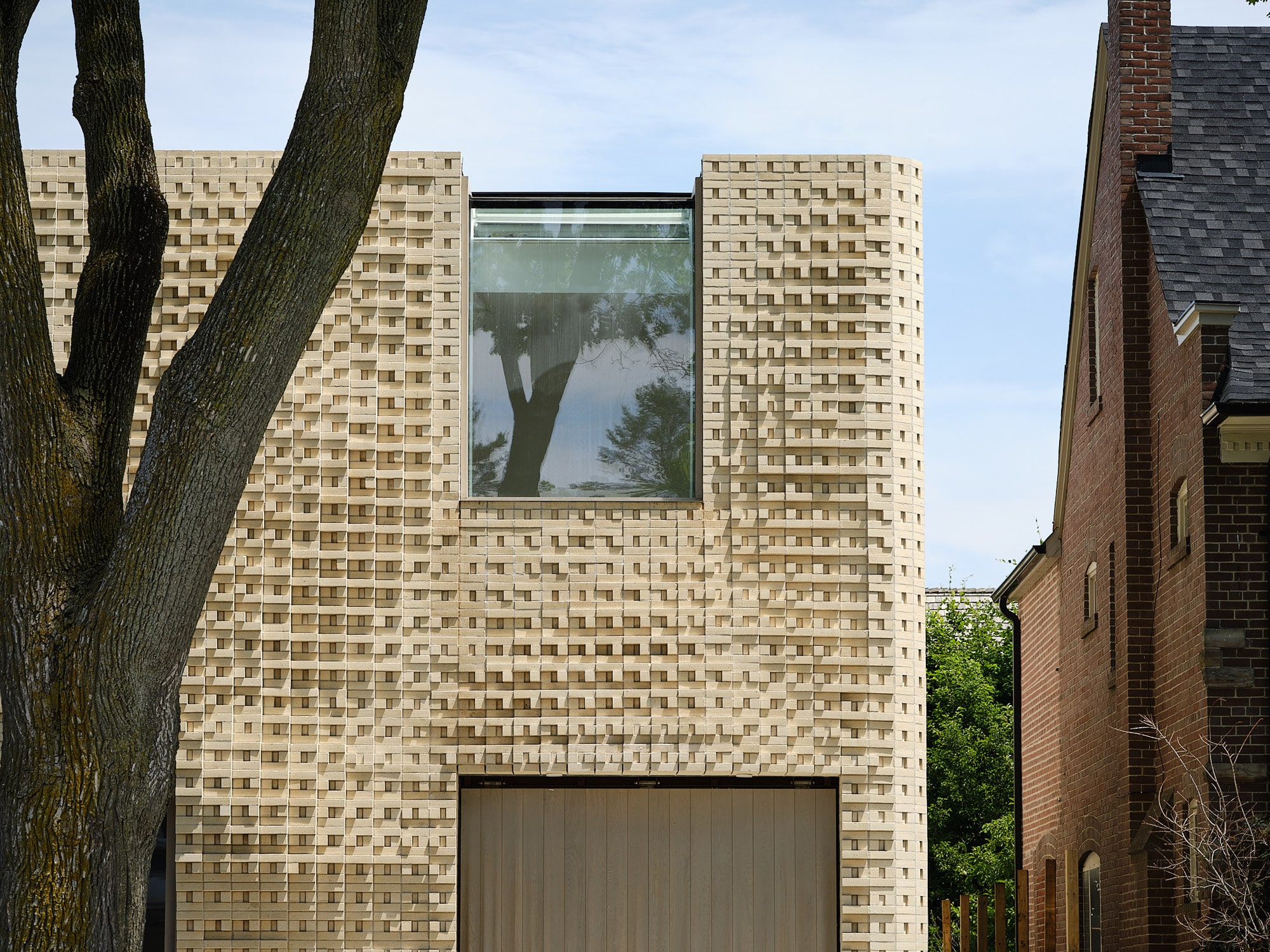
Considering the categories in which they are used, red fired bricks are preferred as load-bearing and wall cladding in residential and office buildings, while clinker bricks stand out in facade cladding because of their durability and water resistance. Perforated bricks are used as decorative elements in cultural centers or modern office facades to create shadow-light effects. Lightweight bricks and aerated concrete blocks are used to reduce building loads, particularly in high-rise buildings and earthquake-prone areas. There are also recycled bricks that support sustainability in environmentally friendly projects. Thus, brick finds its place in contemporary architecture as a versatile material that extends from tradition to modernity. Bricks which promise sustainability, aesthetics, wide usage areas and durability are among the materials that make a difference in today’s architecture, as they were in the past.
Jingdezhen Imperial Kiln Museum by Studio Zhu-Pei
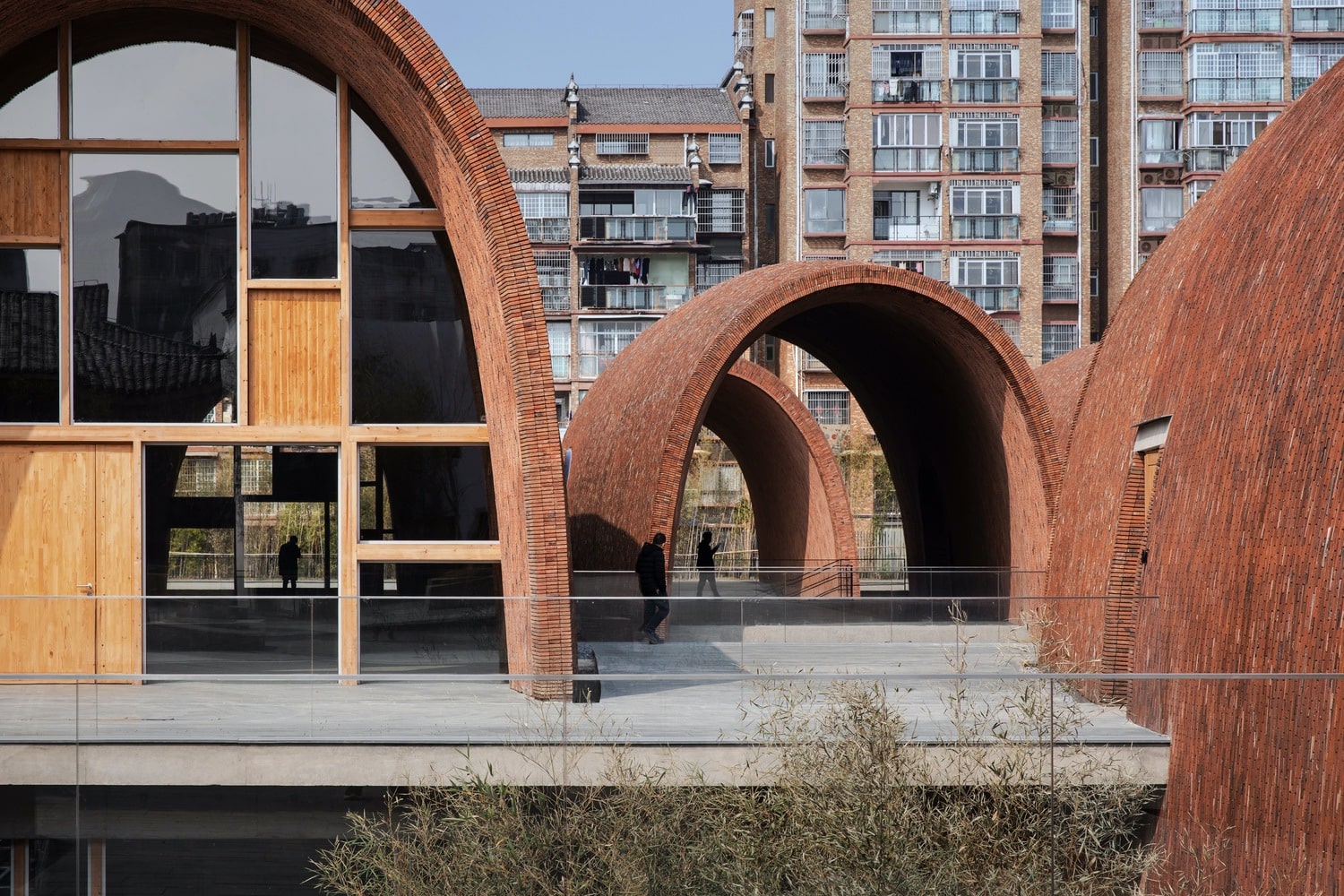
In the Jingdezhen Imperial Kiln Museum, Studio Zhu-Pei makes brick from a traditional building material to a storytelling element that connects the city’s ceramic legacy with modern design. The museum includes a series of uniquely shaped brick vaults inspired. By combining new bricks with reclaimed bricks sourced from old kilns, the design pays homage to local traditions while embracing sustainable construction practices.
ARC by Koichi Takada Architects
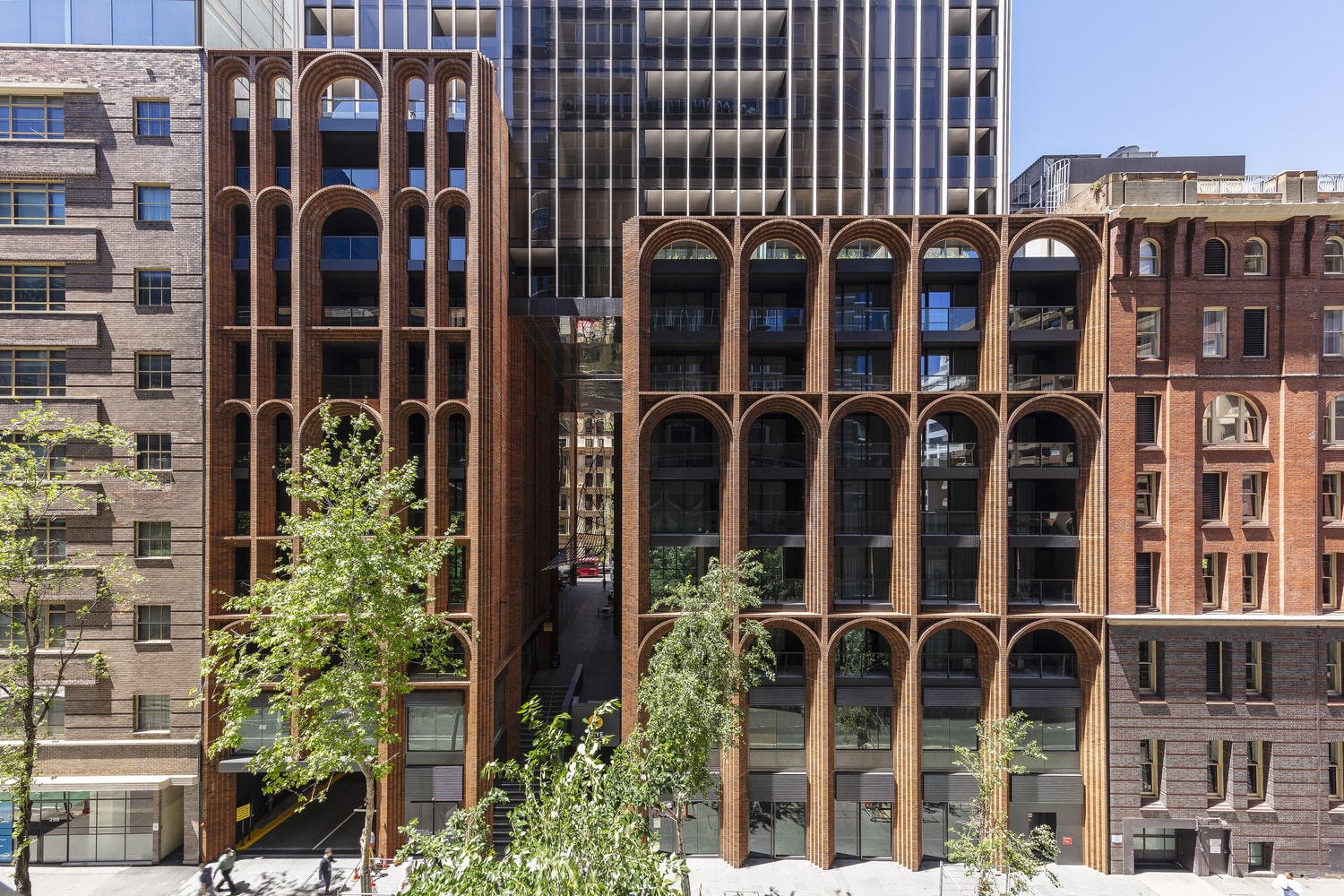
Arc by Koichi Takada Architects in Sydney shows how brick can bridge heritage and modernity within a single structure. 300,000 hand-laid bricks, establishes a connection between the building and historic masonry buildings surrounding. Rising above the facade turns into large arches and vertical brick ribs that slowly form a sculptural crown, creating a unique shape on the skyline.
Elephant Museum Elephant World by Bangkok Project Studio
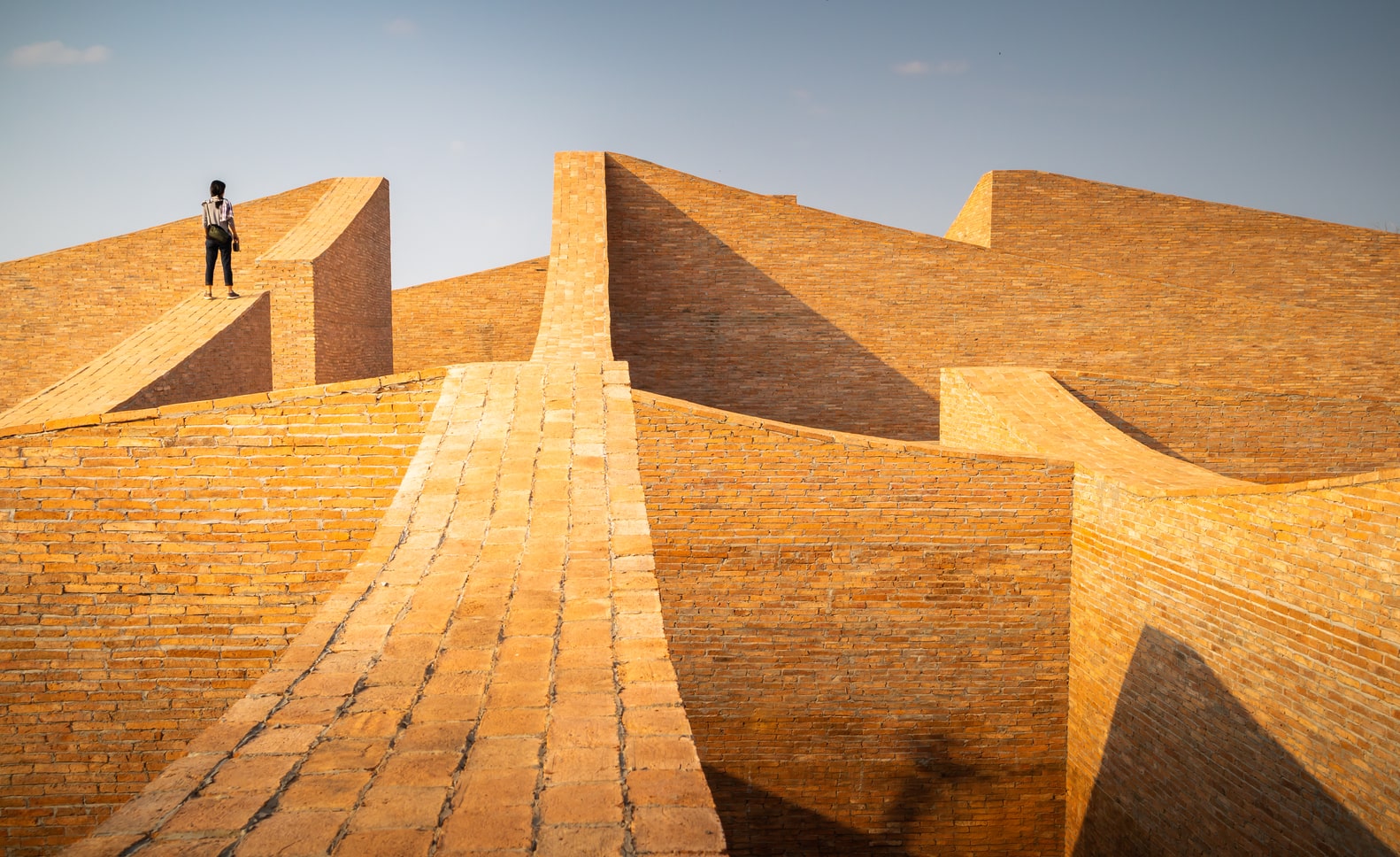
In the Elephant Museum by Bangkok Project Studio, brick is used as both a structural and symbolic material. More than 480,000 handmade clay bricks, crafted from local soil, form the flowing walls that shape the museum’s interconnected courtyards and galleries. These curved brick walls vary in height and slope, guiding visitors through spaces that shift between openness and enclosure, much like the rhythm of elephant movement. Light and shadow interact with the porous brick surfaces, enriching the visitor’s spatial experience.
In conclusion, as we see in the examples, as same as in the past, brick maintains its value as a material that supports both the functional and aesthetic aspects of architecture, offering sustainable and creative solutions. The use of brick in all types of projects, from cultural centers and residences to offices and museums, adds authentic value to contemporary architecture.
- architectural brick design
- brick cladding
- brick facade design
- brick facades
- brick in contemporary architecture
- brick in todays architecture
- brick material
- brick usage in architecture
- brick wall
- brick wall patterns
- Building Materials
- Construction Materials
- innovative brick use
- modern brick
- modern brick buildings
- perforated brick design
- recycled bricks architecture
- sustainable brick architecture
Submit your architectural projects
Follow these steps for submission your project. Submission FormLatest Posts
Dependable Service for Everyday Appliance Problems
When a washer stalls mid-cycle or a fridge warms up, you need...
8 Essential Web-Based Mapping Tools for Modeling Sea Level Rise and Flood Impacts
As climate change accelerates, flood risk and sea level rise have become...
How Sydney’s Architecture Responds to Climate, Light, and Lifestyle
Sydney’s architecture has never been driven by form alone. It evolves through...
Shipping Containers as Functional Infrastructure on Construction Sites
Construction sites are temporary by definition, yet the systems that support them...




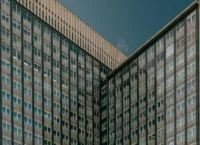





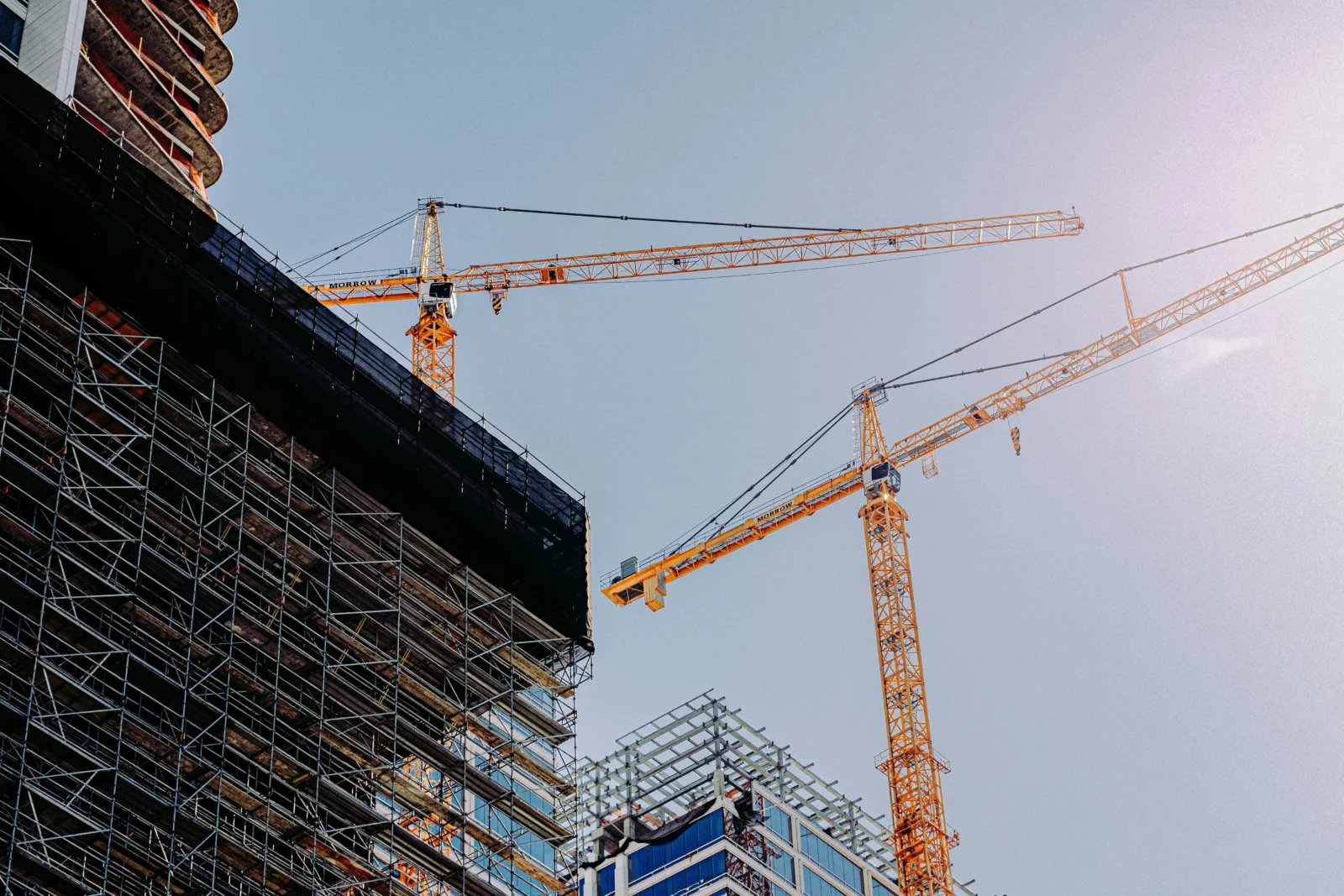
Leave a comment